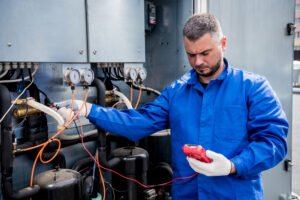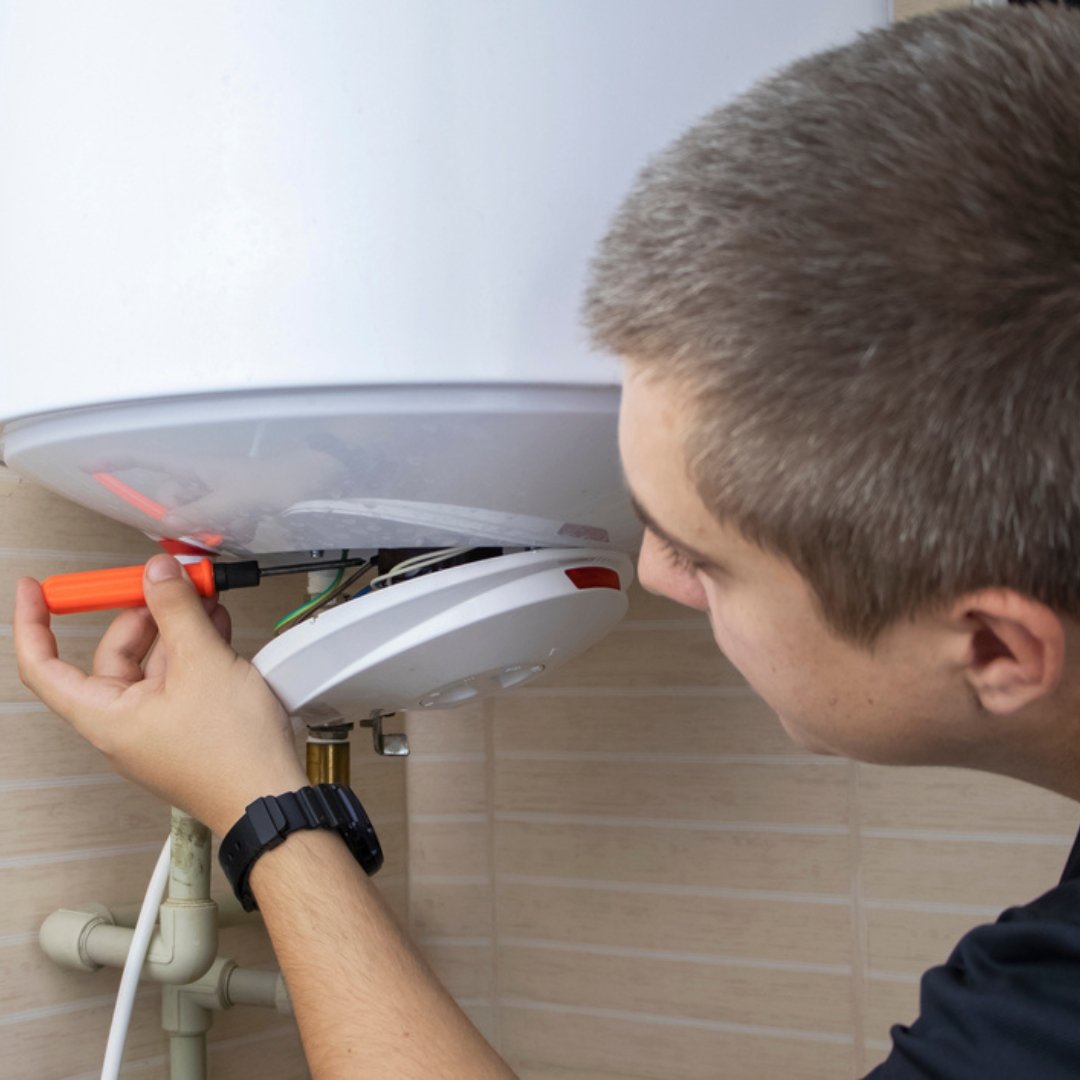PAT Testing Challenges in Remote Locations
Portable Appliance Testing (PAT) is an essential process to ensure the safety of electrical appliances used in workplaces, commercial setups, and even temporary work sites. By identifying potential hazards in portable electrical equipment, businesses can reduce risks of electric shocks, fires, and accidents.
In well-connected urban environments, PAT testing is relatively straightforward. However, when it comes to remote locations—such as construction sites in rural areas, offshore facilities, mining operations, or temporary field offices—the testing process becomes much more complex. These challenges can range from logistical issues and cost constraints to environmental conditions and workforce limitations.
This blog explores the main challenges of PAT testing in remote locations and provides strategies to overcome them. To Know More Click Here

1. Accessibility and Travel Barriers
Reaching remote sites is often the biggest hurdle. Unlike city offices or industrial estates, rural and isolated locations may have:
- Poor transport infrastructure such as rough roads, limited flights, or seasonal access (e.g., snowed-in routes).
- Long travel times, requiring technicians to spend more hours on the road than on actual testing.
- Weather-related disruptions, where rainfall, storms, or landslides can make certain sites inaccessible.
This not only delays the testing process but also increases overall project costs due to travel allowances, downtime, and vehicle wear and tear.
2. Limited or Unreliable Power Supply
Many remote areas depend on generators, solar units, or temporary power lines, which may not support all PAT testing equipment effectively. Power fluctuations can:
- Interrupt the testing process.
- Damage sensitive equipment.
- Cause safety concerns for the testing team.
In extreme cases, technicians may have to rely on battery-operated PAT testers, which require proper planning and backup battery supplies.
3. Equipment Transport and Maintenance
PAT testing requires calibrated devices and testing kits that are often sensitive to shocks, dust, and moisture. Transporting them to remote locations comes with risks:
- Damage during rough travel.
- Lack of immediate replacement if the device fails.
- Difficulty in maintaining calibration due to environmental conditions.
This means technicians must carry spare testers, protective cases, and accessories to ensure uninterrupted work.
4. Workforce and Skill Shortages
Remote areas may not have trained electrical personnel or staff familiar with PAT testing protocols. As a result:
- Testing professionals may need to spend extra time educating workers on-site.
- Lack of understanding can cause delays in accessing appliances or preparing the site for inspection.
- In industries such as mining or oil rigs, cultural and language barriers may add further complications. To Know More Click Here

5. Environmental and Safety Concerns
Remote locations often present harsh working conditions that directly impact PAT testing operations:
- Extreme temperatures may affect both testers and their equipment.
- Dust, dirt, and humidity can damage appliances or interfere with accurate readings.
- Safety hazards in industries like construction, agriculture, or offshore drilling require additional protective gear and precautions.
These conditions make it harder to maintain consistent testing standards compared to controlled urban environments.
6. Cost and Logistical Pressures
The cost of conducting PAT testing in remote areas is significantly higher due to:
- Travel, accommodation, and meal expenses for technicians.
- Transportation of equipment and backup supplies.
- Extra time required to complete fewer tests per day.
For businesses with multiple remote sites, costs can quickly escalate. Without proper planning, this may even discourage companies from scheduling regular testing, thereby compromising safety compliance.
7. Communication and Reporting Limitations
Remote sites often have weak or no internet connectivity. This creates difficulties in:
- Uploading test results to cloud-based compliance systems.
- Sharing instant reports with management.
- Accessing online support or calibration updates.
While urban sites can generate same-day compliance reports, remote testing may result in delays, slowing down decision-making and safety certification. To Know More Click Here

Strategies to Overcome These Challenges
Despite these difficulties, businesses can take proactive steps to ensure smooth PAT testing operations in remote locations:
- Advance Planning
- Schedule PAT testing well in advance, considering seasonal weather and access routes.
- Bundle multiple sites in a single trip to reduce travel costs.
- Portable and Battery-Powered Equipment
- Use compact PAT testers with long battery life.
- Carry additional batteries and charging solutions.
- Spare and Protective Equipment
- Always have backup testers and leads.
- Store equipment in rugged, protective cases to avoid damage.
- Training Local Staff
- Provide basic training to on-site workers on appliance care and pre-checks.
- This reduces downtime when professional testers arrive.
- Use Offline-Capable Software
- Choose PAT recording software that works offline.
- Sync data and reports once connectivity is restored.
- Regular Scheduling
- Instead of ad-hoc visits, maintain a consistent schedule for remote sites.
- This prevents compliance gaps and avoids costly emergency visits.
Real-World Examples of Remote PAT Testing
- Construction Projects: Temporary site cabins, tools, and generators need PAT testing to comply with regulations, even if the site is far from the city.
- Mining and Quarrying: Harsh, dusty environments make both appliances and PAT testing equipment prone to failure, requiring durable solutions.
- Offshore Oil Rigs: Testing is limited by strict safety rules, logistical constraints, and reliance on specialist equipment transported by sea or air.
- Agricultural Farms: Seasonal operations in rural areas require testing of pumps, lighting, and mobile machinery in difficult conditions.

Conclusion
PAT testing in remote locations is not just a compliance requirement—it’s a critical step in ensuring worker safety and operational continuity. While challenges such as poor accessibility, unreliable power, environmental extremes, and high costs exist, businesses can overcome them with careful planning, portable solutions, and trained staff support.
By investing in robust strategies and the right equipment, companies can demonstrate their commitment to safety standards regardless of location. In doing so, they protect their workforce, reduce accident risks, and maintain compliance with electrical safety regulations even in the most challenging environments.
SafeTag – Your Safety Partner in New Zealand
Ensure workplace safety and compliance with SafeTag’s professional testing services. We offer certified solutions for Electrical Testing & Tagging, RCD Testing, Microwave Leakage Testing, and Portable Appliance Testing (PAT). Trust our experts for hassle-free, on-site service tailored to your business needs.




